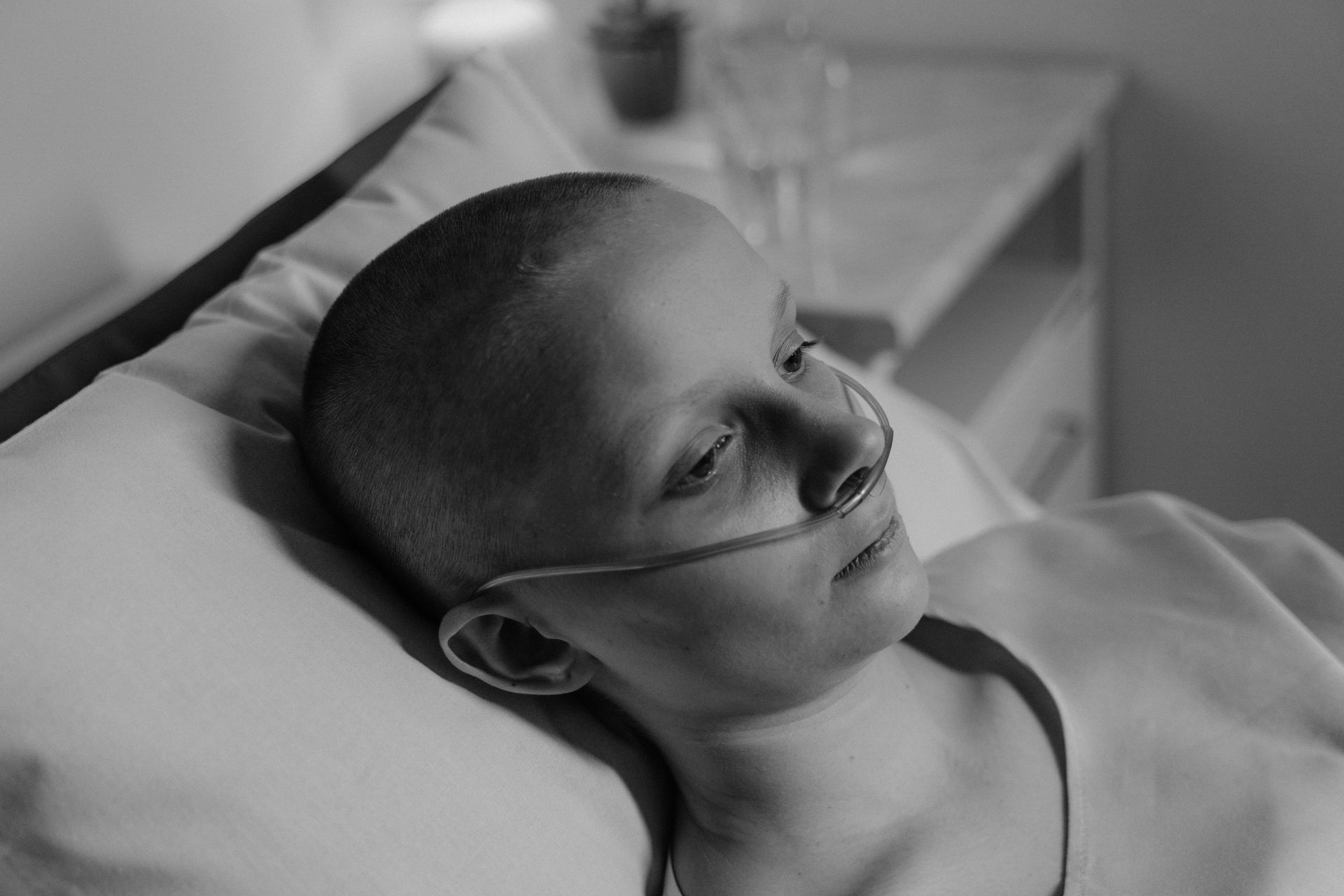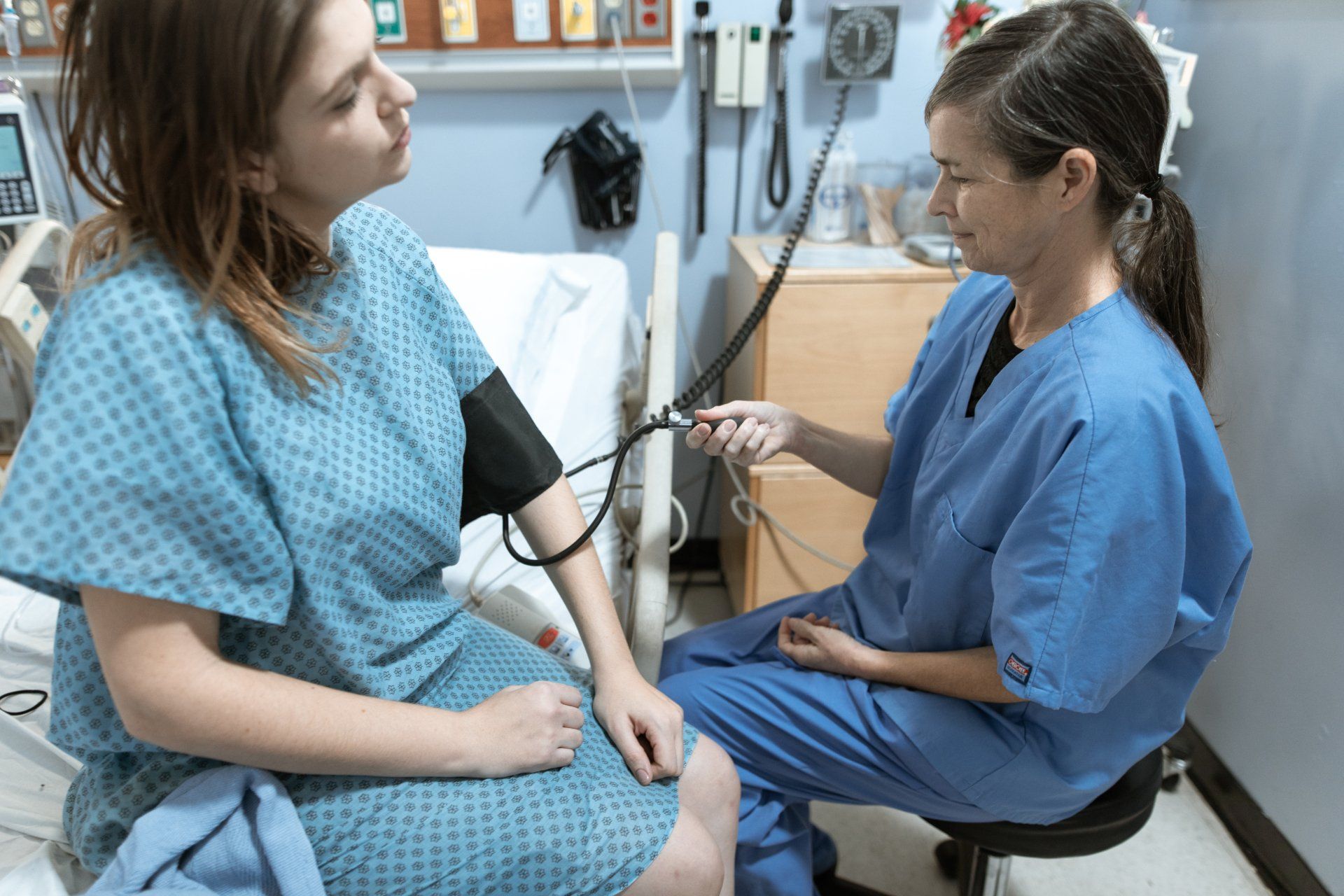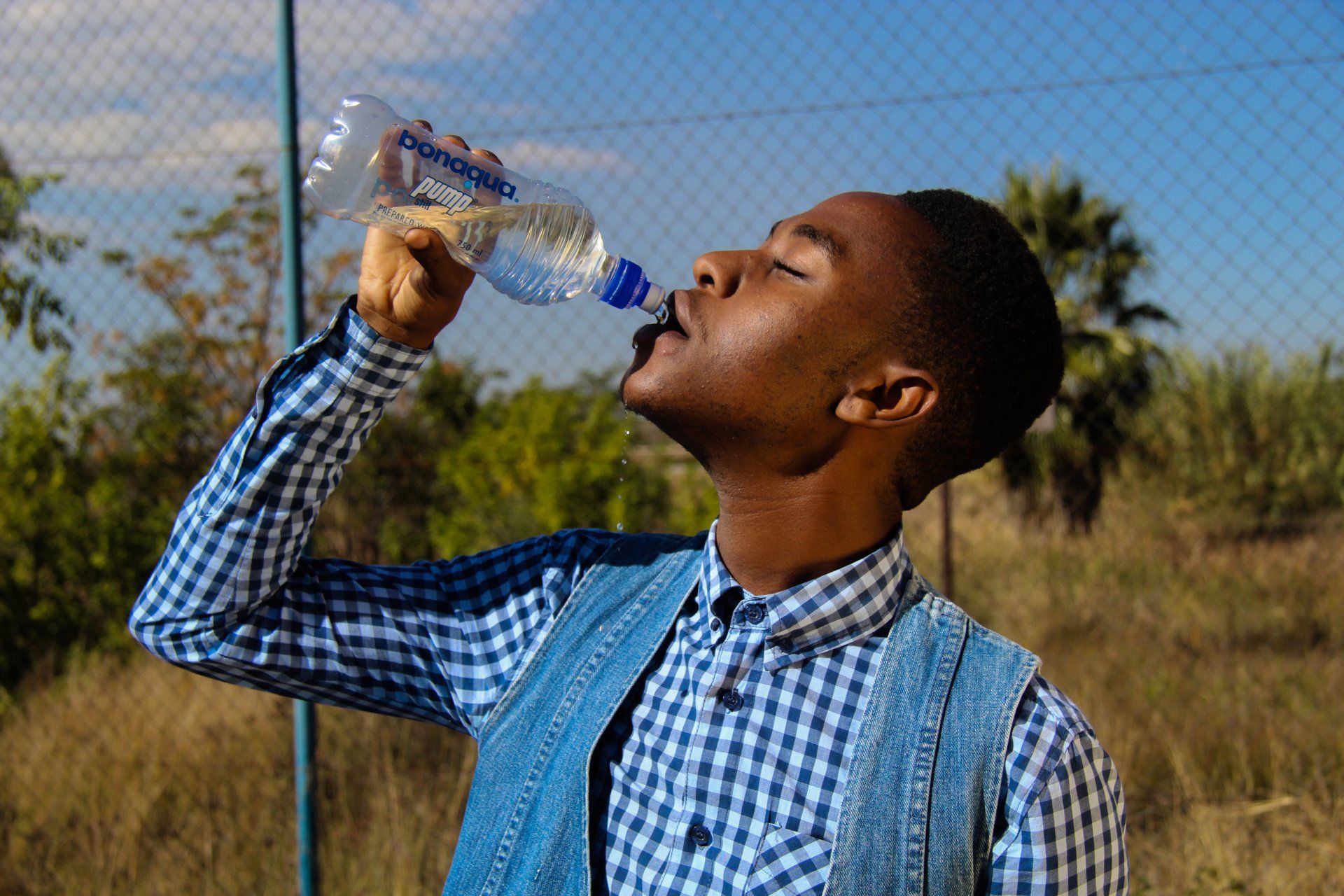Tumor lysis Syndrome- When your kidney says it's too much!

It starts with someone undergoing chemotherapy.
Suddenly, he feels his heart rate rising, his muscles weakening, and his catheter shows a few drops of urine.
The healthcare team is suspicious, so they run an electrolyte panel revealing large amounts of potassium, phosphate, and surprisingly low calcium levels. To confirm their suspicion, they do a kidney function test, which shows – as expected – deteriorating kidney function. It's now clear the patient developed Tumor lysis syndrome (TLS).
Doctors are prepared and immediately initiate treatment protocol, saving this patient from a life-threatening condition.
Introduction
"Emergency" implies immediate medical intervention is necessary to prevent severe complications or death.
In oncology, it's no different: Tumors kill people directly due to pressure on neighboring vital organs or indirectly as a side effect of the aggressive chemotherapy.
Tumor Lysis Syndrome (TLS) shares in both categories, so it is not a surprise it is the most common oncologic emergency requiring rapid and standardized intervention.
When does it occur?
TLS is common after initiating aggressive chemotherapy against cancer, most notably blood cancers like leukemia and lymphatic system tumors like fast-growing lymphomas.
And it can happen suddenly, even before initiating treatment in large tumors with high proliferation rates.
How does it occur?
When tumor cells die, they suddenly release massive amounts of intracellular electrolytes, nucleic acids, and metabolites into circulation.
The most important electrolytes are potassium, uric acid, and phosphate — an evil element that catches calcium, creating a double effect by causing hypocalcemia and hyperphosphatemia.
Your kidneys filter one-fifth of your blood every minute, removing those rushing metabolites and keeping your blood levels balanced.
But at a certain point, they become saturated and can no longer keep up. At this point, symptoms begin to appear.
- High potassium directly affects your heart rhythm.
- Calcium levels cause muscle twitches and numbness.
- Uric acid finds your acidic urine the best place to rest, forms stones blocking the only source of excretion, and pushes toxic waste products like urea back into your blood.
- Eventually, the accumulation of these toxic electrolytes causes multiple organ failure (MOF) leading to death.
Diagnosis
TLS is usually diagnosed by electrolyte abnormalities occurring three days before and up to 7 days after chemotherapy treatment.
Since many conditions cause electrolyte imbalances, diagnosis is established in 2 stages:
- Laboratory studies to detect and measure uric acid, potassium, phosphorus, and calcium levels
- A kidney function test
Prevention
Prevention is always better than management.
For this reason, doctors usually have electrolyte levels at their fingertips. In addition, frequent blood work can help with early recognition of kidney and metabolic disturbances, which helps significantly with prevention.
Risk assessment
Setting criteria for risk assessment helps increase rapid responses to this emergency.
Tumors are classified by their potential to cause TLS. They may be classified as high, intermediate, or low risk, depending on certain factors, including
- Tumor size: Larger tumors with higher growth rates have more cells and, thus, more electrolytes released into the blood.
- Chemotherapy intensity: The chemotherapy's intensity affects the cell destruction rate.
- Tumor response: Some are sensitive and easily destroyed with better clinical outcomes, while others are resistant and require more than one drug. The risk of TLS is higher in the former due to their easy breakdown letting a gush of electrolytes into the blood.
- Hydration status: if the patient is dehydrated, their blood pressure will drop, reducing the flushing effect of blood in the kidneys and paving the way for uric acid to crystallize in the kidney.
The process of prevention relies mainly on the awareness of these criteria.
Treatment
The hallmark of prevention is keeping renal function alive by aggressive hydration before treatment and continuous monitoring of the kidneys.
Aggressive hydration will improve blood flow to the kidneys, diluting the large concentrations of electrolytes and preventing the formation of uric acid crystals in the kidneys.
Patients at risk for developing TLS, such as patients about to receive chemotherapy for cancer with a high cell turnover rate, should receive prophylactic anti-uric acid drugs. Two drugs work together to prevent uric acid build-up
- Allopurinol prevents uric acid formation.
- Rasburicase eliminates already-formed uric acid.
The goal is to improve kidney function and clear its pathways to remove harmful electrolytes.
If the preventive measures aren't helpful, or if the electrolyte abnormalities are severe enough to produce clinical effects, the patient will start to feel the effects of these electrolyte imbalances.
Doctors usually continue with hydration and then shift their focus to eliminate the monster –uric acid!
Uric acid is best concentrated in acidic urine.
Urine is naturally acidic, so an infusion of NaHcO3 to make urine turn alkaline prevents the concentration of uric acid into crystals.
Doctors may increase the dosage of anti-uric acid drugs or add different drugs with different mechanisms to eliminate the uric acid and prevent renal failure.
The concern becomes excess circulating electrolytes messing with your organs. Managing these high levels will relieve patient symptoms and help move to the next step of kidney optimization.
Hemodialysis is a quick and efficient practice to reduce harmful electrolytes level. If the kidneys are badly injured, doctors will use dialysis to artificially simulate the kidney's blood filtration until they are confident your kidneys can keep up with the demand. Doctors may sometimes use it as a first choice if the electrolytes are critically high and must be decreased quickly.
Summary
By increasing public awareness and reporting, patients and physicians will be equipped for such life-threatening conditions, and simple preventive measures can be implemented.
Guaranteeing the best results from chemotherapy treatment is a shared responsibility.
Sources:-
· Adeyinka and Bashir, "Tumor Lysis Syndrome - StatPearls - NCBI Bookshelf.":
https://www.ncbi.nlm.nih.gov/books/NBK518985/
· Howard, Jones, and Pui, "The Tumor Lysis Syndrome."
https://www.ncbi.nlm.nih.gov/pmc/articles/PMC3437249/#R28
· Larson, Richard, and Ching-Hon Pui. 2022. "UpToDate." Www.uptodate.com. May 24, 2022.
· Coiffier, Bertrand, Arnold Altman, Ching-Hon Pui, Anas Younes, and Mitchell S. Cairo. 2008. "Guidelines for the Management of Pediatric and Adult Tumor Lysis Syndrome: An Evidence-Based Review.
https://pubmed.ncbi.nlm.nih.gov/18509186/
Thank you for reading Patient Education Essentials, the Write Shift RN blog.
Disclaimer: This article was written as a guest post for Write Shift RN LLC's blog. The information in it may not be wholly fact-checked or edited, allowing the reader to see the writer's work and skills firsthand. This information is not intended as medical advice. It is for informational and educational purposes only. Always talk to your doctor or other qualified healthcare providers about any questions or concerns you may have regarding medical conditions.











